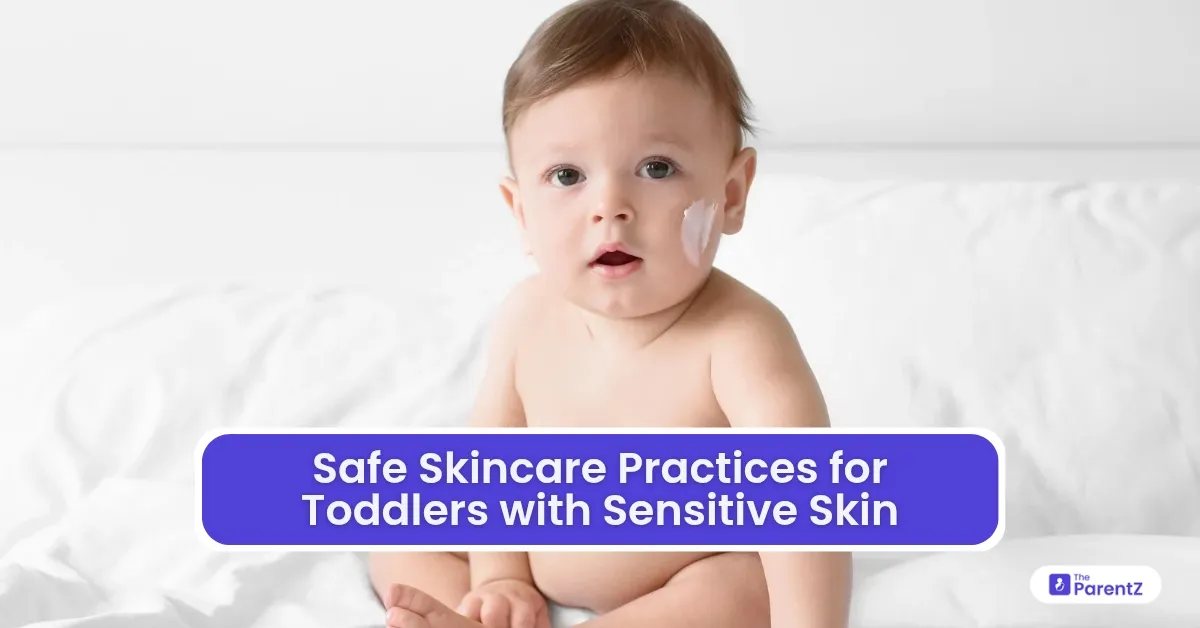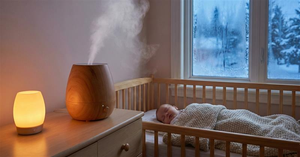When Your Baby’s Skin Needs a Little Extra Love
As parents, we naturally want to cuddle, kiss, and care for our little ones every chance we get. But when your toddler’s skin feels dry, red, itchy, or reacts to even the mildest lotion, you start to worry. Sensitive skin in toddlers is not uncommon, and it often needs more than just the usual baby lotion and bath routine.
This article will guide you through safe, dermatologist-approved skincare practices tailored specifically for toddlers with sensitive skin. From bathing tips and product choices to managing flare-ups and preventing future irritation, here’s everything you need to know.
What Is Sensitive Skin in Toddlers?
Sensitive skin is skin that reacts more easily to external factors like heat, cold, chemicals, or friction. In toddlers, this sensitivity is often due to the skin’s immaturity—thinner skin barrier, less oil production, and an immune system still developing.
Common Signs of Sensitive Skin in Toddlers:
- Redness or blotchy patches
- Dry, flaky skin
- Itching or rubbing
- Small bumps or rashes
- Stinging or burning after applying skincare products
- Reaction to laundry detergents, soaps, or fragrances
1. Choose the Right Cleanser
Use mild, fragrance-free cleansers specifically designed for sensitive baby or toddler skin.
Avoid:
- Antibacterial soaps
- Bar soaps with high pH
- Products with dyes, perfumes, or alcohol
Look for labels like:
- Hypoallergenic
- Dermatologist-tested
- Tear-free
- “For sensitive skin”
Pro Tip: Use lukewarm water—not hot—for baths, and limit bath time to 5–10 minutes.
2. Moisturize Immediately After Bathing
Right after patting the skin dry (never rub), apply a thick moisturizer to lock in moisture. This helps reinforce the skin’s natural barrier.
Best choices:
- Fragrance-free creams or ointments
- Products with ceramides, glycerin, or shea butter
- Petroleum jelly-based moisturizers (for very dry skin)
Avoid:
- Lotions with essential oils, citrus extracts, or menthol
- Lightweight, watery lotions—they evaporate too quickly for sensitive skin
Apply moisturizer 2–3 times daily, especially on dry areas like cheeks, arms, and legs.
3. Gentle Clothing Choices Matter
Sensitive skin can get irritated by tight clothes, harsh fabrics, or synthetic materials.
Choose:
- Soft, breathable cotton clothing
- Loose-fitting outfits
- Clothes washed with gentle, fragrance-free detergents
Avoid:
- Wool, polyester, and synthetic blends
- Fabric softeners and dryer sheets
- Overdressing: sweating can worsen irritation
4. Sun Protection for Delicate Skin
Sunburn is a serious risk for toddlers. Even brief sun exposure can irritate sensitive skin.
Safe practices include:
- Dressing your child in lightweight, long-sleeved clothing and hats
- Using mineral-based sunscreens (with zinc oxide or titanium dioxide)
- Avoiding sunscreens with chemical filters like oxybenzone
- Applying sunscreen to toddlers above 6 months (for younger babies, keep them in the shade)
Note: Always patch test sunscreen on a small area before full application.
5. Watch for Triggers
If your toddler’s skin suddenly reacts—think rash, redness, or itching—it may be due to a trigger.
Common skin irritants include:
- New lotions or soaps
- Heat or sweating
- Dust mites or pollen
- Certain foods (in eczema-prone toddlers)
Keep a skin journal to track when flare-ups occur and note possible culprits.
6. Diaper Care for Sensitive Skin
The diaper area is especially prone to irritation due to moisture, friction, and urine/stool contact.
Do:
- Change diapers frequently
- Use water-based wipes or just warm water and cotton
- Pat dry and apply a barrier cream (like zinc oxide or petroleum jelly)
- Use fragrance-free diapers and avoid plastic diaper covers
7. Avoid Over-Bathing
Bathing too frequently can strip natural oils from the skin.
Recommendations:
- Bathe toddlers with sensitive skin every 2–3 days, unless visibly dirty
- On non-bath days, sponge clean the hands, face, and diaper area
- Always moisturize after bathing
8. Natural Doesn’t Always Mean Safe
Just because a product is labeled “natural” or “organic” doesn’t mean it’s safe for sensitive skin.
Be cautious of:
- Essential oils (lavender, tea tree, citrus)
- Herbal extracts (chamomile, calendula)
- Homemade remedies without pediatric approval
Always do a patch test—apply a small amount to your toddler’s arm and wait 24 hours to check for a reaction.
9. What to Do During a Flare-Up
If your child’s skin becomes inflamed or itchy:
- Apply a cool compress to the area
- Use a soothing cream like calamine lotion or pediatric-approved colloidal oatmeal
- Avoid scratching (clip nails or use mittens if needed)
- Keep your child cool and hydrated
- Remove any suspected irritants immediately
10. When to See a Doctor
It’s important to consult a pediatrician or dermatologist if:
- Rash doesn’t improve within 3–5 days
- Skin becomes cracked, oozing, or infected
- Your toddler is in discomfort or losing sleep due to itching
- Over-the-counter treatments are not helping
They may prescribe mild corticosteroid creams, antihistamines, or allergy testing if necessary.
Conclusion: Your Toddler’s Skin Deserves Gentle, Consistent Care
Toddlers with sensitive skin can absolutely thrive with the right skincare routine. The key lies in prevention, consistency, and knowing what your child’s skin can and cannot tolerate.
Start with gentle products, avoid known irritants, and watch for flare-up patterns. With daily love and attention, your little one’s skin will feel as good as it looks soft, calm, and protected.








Be the first one to comment on this story.